Silesia
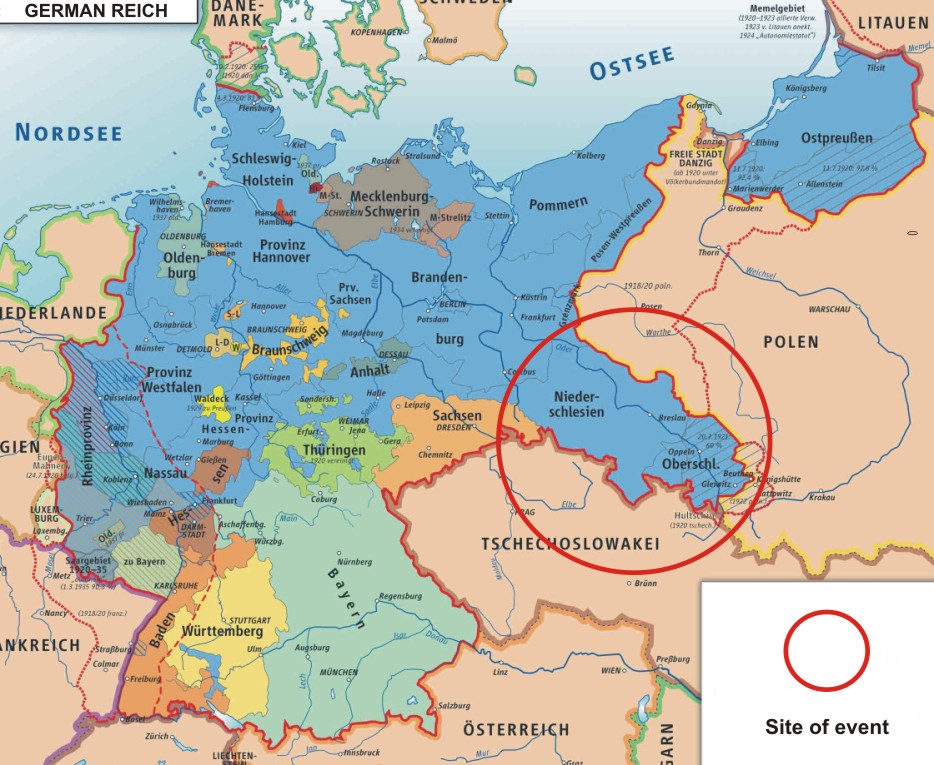
● ● ●
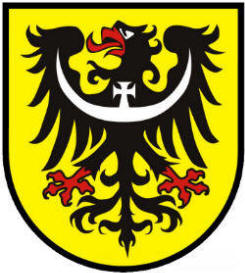

3,588,000 people were expulsed from Silesia, of which 435,000 lost their lives on the way.
In this province once lived 4,751,000 Germans in 3934 settlements.
The German Silesia
Major cities:
Breslau, Beuthen/O.S., Bielitz, Brieg, Bunzlau, Gleiwitz, Glogau, Görlitz, Grünberg, Hindenburg/O.S., Hirschberg, Kattowitz, Königshütte, Lauban, Liegnitz, Myslowitz, Neisse, Oels, Oppeln, Pless, Ratibor, Schweidnitz, Teschen and Waldenburg
Silesia in a nutshell
Capital: Breslau
Area: 36,318 km²
Population: 4,869,512 (1939)
Counties: Breslau, Liegnitz, Oppeln
The province of Silesia is larger than the area of Denmark.
In 1163 Silesia became independent of Poland, from the 13th century was incorporated into the German Reich. In 1335 Poland permanently renounced claims to Silesia.
The small area in the south of Silesia, the so-called "Hultschiner Ländchen", was ceded in 1919 to Czechoslovakia.
The area around the southern tip of Wartenberg with the cities of Tarnowitz, Königshütte and Kattowitz had in 1919/1922 to be given to Poland.
After the war ended in 1945, virtually the whole of Silesia came under Polish administration. The Neisse at Lausitz formed the new border and only a very small tip of Silesia around Hoyerswerda remained German territory.

Breslau
History of Silesia
around 200 B.C.
Settlement by Vandal tribes.
Until the turn of the eras
Silesia is part of the first German empire under the Marcomanni King Marbod.
937
Otto I expanded the boundaries of the Holy Roman Empire of the German Nation from the Elbe to the Oder.
968
Expansion of the empire to the east.
1201
Henry I of Silesia founded his Silesian empire within the framework of the German Empire.
1740
Frederick II (the Great) of Prussia begins the first of the three Silesian wars for the conquest of Silesia.
1742
Silesia is divided into a Prussian and an Austrian Silesia.
1763
In the Peace of Hubertusburg Silesia is permanently assigned to Prussia.
1922
Contrary to the will of the people declared by popular vote in 1921 to remain in Germany Silesia is divided under the Geneva Convention. Upper Silesia with the cities of Kattowitz and Königshütte falls to Poland, the Hultschiner Ländchen is awarded to Czechoslovakia.
1945
Due to flight and expulsion 3,153,000 Germans lost their native Silesia.
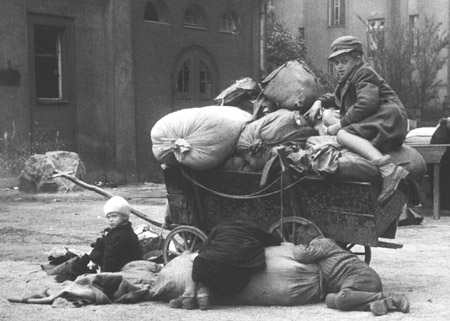
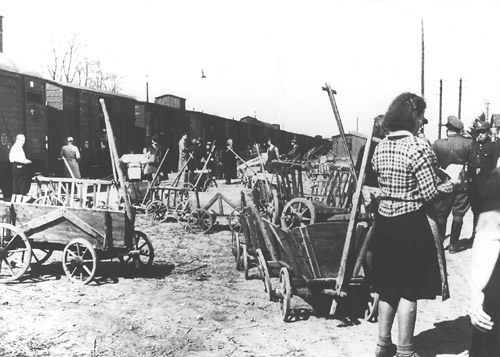
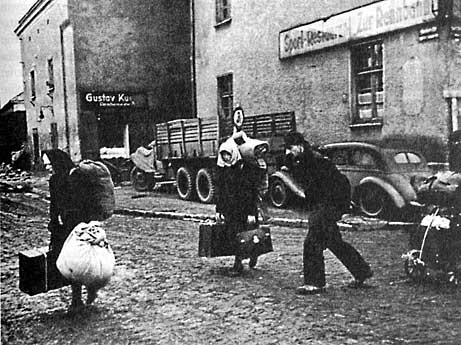
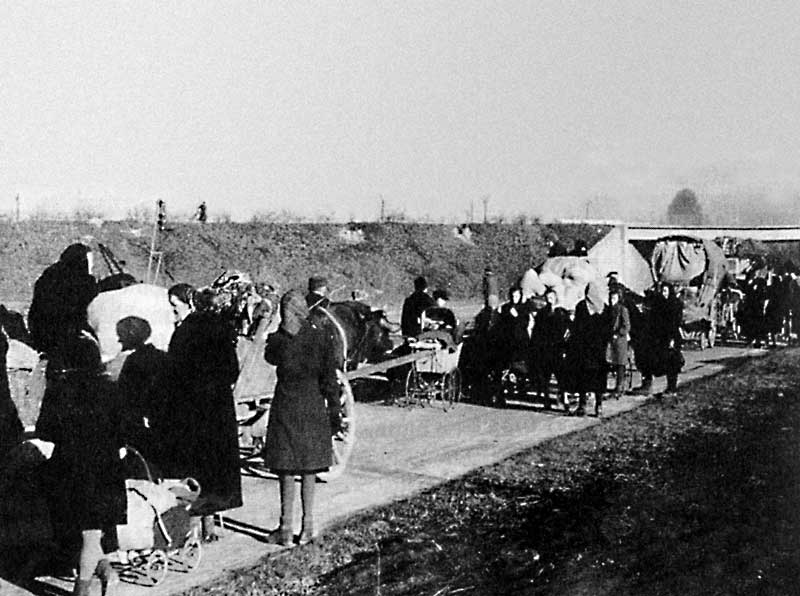
Flight and expulsion
The evacuation order for Silesia was issued very late, only on 20 January 1945. The Red Army advanced in such a tempo that an orderly escape was impossible.
In addition, there were the snowy and icy roads and extreme Siberian temperatures which made it difficult to escape.
Scene from the movie Children of the Storm
The route by train west of Breslau was blocked by the Soviet advance as far as the Oder. Virtually the only way open was south over the giant mountains of the Glazer Bergland or through Ratibor to Bohemia and Moravia.
The fleeing Silesians went through several layers of hell. If the trek was not overwhelmed by Russian assault troops and they managed to Bohemia and Moravia, they stumbled into the marauding groups of the Czechs.
The people who fled in the direction of Dresden fell into the furnace of hell of the Allied bomb attacks.
The inhabitants of Breslau who didn't succeed to leave the city died in their thousands in the hail of Soviet shells, in the heat of fire and flame throwers or by the violence of the Russian soldiers. The city was captured on 6 May 1945.
Due to frost, exhaustion starvation, hostilities and the aggression of the Soviet soldiers, while on the run and during the subsequent expulsion, over 400,000 people lost their lives.
About 3,000,000 Silesians were driven from their homes.
435,000 dead
Polish government's decrees of expulsion:
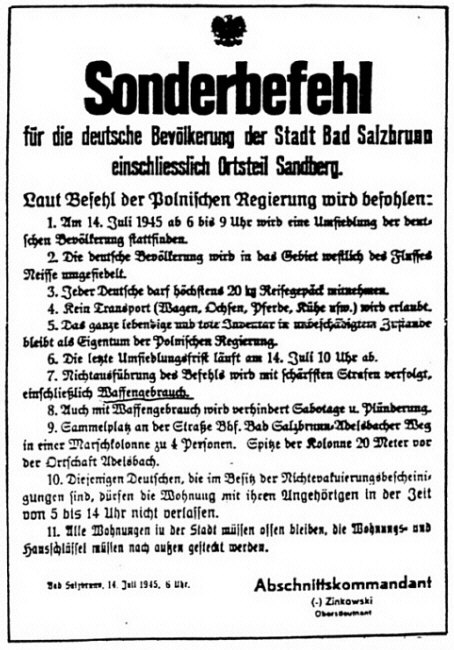
Translation of the last paragraph: "All homes in the city must remain open, the flat or house keys must be inserted outside."
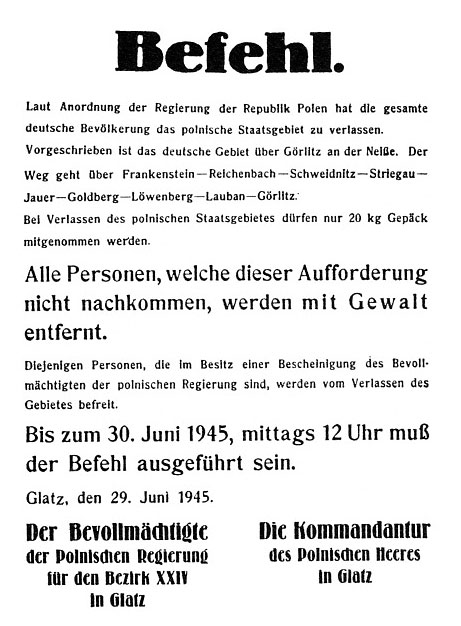
● ● ●
Important personalities of
Silesia

Willibald Alexis - Breslau, 1798-1871, poet
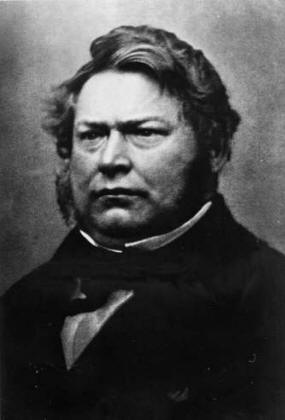
August Borsig - Breslau, 1804-1854, engine builder
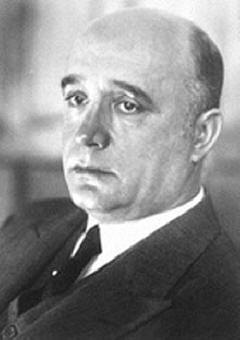
Friedrich Bergius - Goldschmieden, 1884-1949, chemist (Nobel-Laureate)
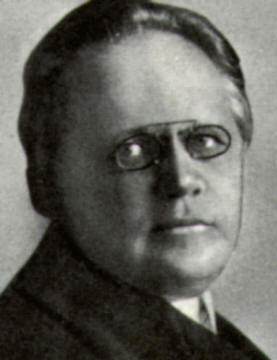
Otto Julius Bierbaum - Grünberg, 1865-1910, poet
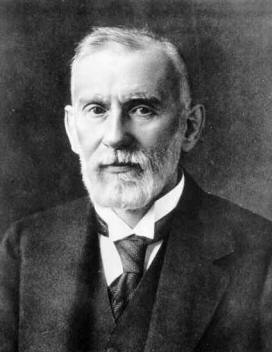
Paul Ehrlich - Strehlen, 1854-1915, medic
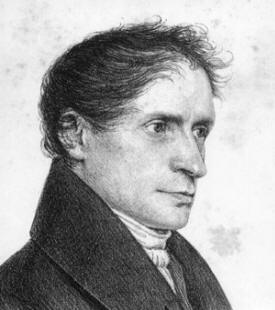
Baron Joseph von Eichendorff - Lubowitz Castle, 1788-1857, writer and poet
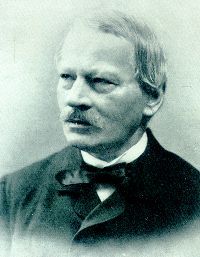
Gustav Freytag - Kreuzburg, 1816-1895, cultural historian, writer

Heinrich Robert Göppert - Sprottau, 1800-1884, botanist

Andreas Gryphius - Glogau, 1616-1664, playwright, poet

Johann Christian Günther - Striegau, 1695-1723, poet

Bernhard Grzimek - Neiße, 1909-1987, zoologist

Fritz Haber - Breslau, 1868-1934, chemist (Nobel-Laureate)

Gerhart Hauptmann - Obersalzbrunn, 1862-1946, writer (Nobel-Laureate)

Georg Heym - Hirschberg, 1887-1912, poet
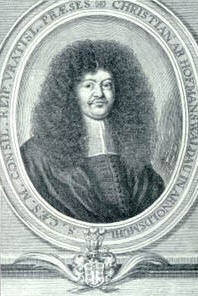
Christian Hofmann von Hofmannswaldau - Breslau, 1617-1679, poet
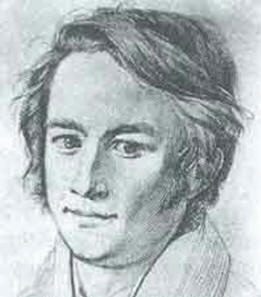
August Kopisch - Breslau, 1799-1853, poet

Heinrich Laube - Sprottau, 1806-1884, writer

Friedrich von Logau - Liegnitz, 1604-1655, poet
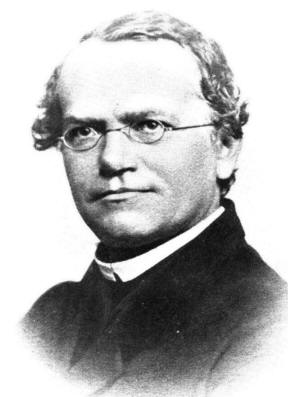
Gregor Mendel - Heinzendorf, 1822-1884, biologist, nature researcher
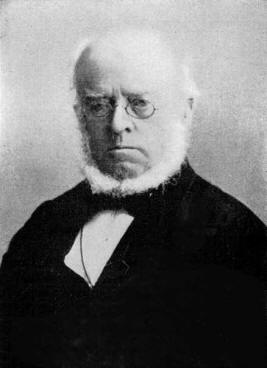
Adolph Menzel - Breslau, 1815-1905, illustrator, painter

Martin Opitz - Brunzlau, 1597-1639, poet

Friedrich Daniel Schleiermacher - Breslau, 1768-1834, philosopher

Angelus Silesius - Breslau, 1624-1677, poet
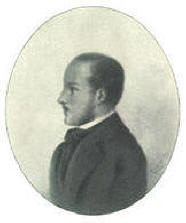
Count Moritz Strachwitz - Peterwitz, 1822-1847, poet

Baron Christian von Wolff - Breslau, 1679-1754, philosopher
Silesia

Willibald Alexis - Breslau, 1798-1871, poet

August Borsig - Breslau, 1804-1854, engine builder

Friedrich Bergius - Goldschmieden, 1884-1949, chemist (Nobel-Laureate)

Otto Julius Bierbaum - Grünberg, 1865-1910, poet

Paul Ehrlich - Strehlen, 1854-1915, medic

Baron Joseph von Eichendorff - Lubowitz Castle, 1788-1857, writer and poet

Gustav Freytag - Kreuzburg, 1816-1895, cultural historian, writer

Heinrich Robert Göppert - Sprottau, 1800-1884, botanist

Andreas Gryphius - Glogau, 1616-1664, playwright, poet

Johann Christian Günther - Striegau, 1695-1723, poet

Bernhard Grzimek - Neiße, 1909-1987, zoologist

Fritz Haber - Breslau, 1868-1934, chemist (Nobel-Laureate)

Gerhart Hauptmann - Obersalzbrunn, 1862-1946, writer (Nobel-Laureate)

Georg Heym - Hirschberg, 1887-1912, poet

Christian Hofmann von Hofmannswaldau - Breslau, 1617-1679, poet

August Kopisch - Breslau, 1799-1853, poet

Heinrich Laube - Sprottau, 1806-1884, writer

Friedrich von Logau - Liegnitz, 1604-1655, poet

Gregor Mendel - Heinzendorf, 1822-1884, biologist, nature researcher

Adolph Menzel - Breslau, 1815-1905, illustrator, painter

Martin Opitz - Brunzlau, 1597-1639, poet

Friedrich Daniel Schleiermacher - Breslau, 1768-1834, philosopher

Angelus Silesius - Breslau, 1624-1677, poet

Count Moritz Strachwitz - Peterwitz, 1822-1847, poet

Baron Christian von Wolff - Breslau, 1679-1754, philosopher